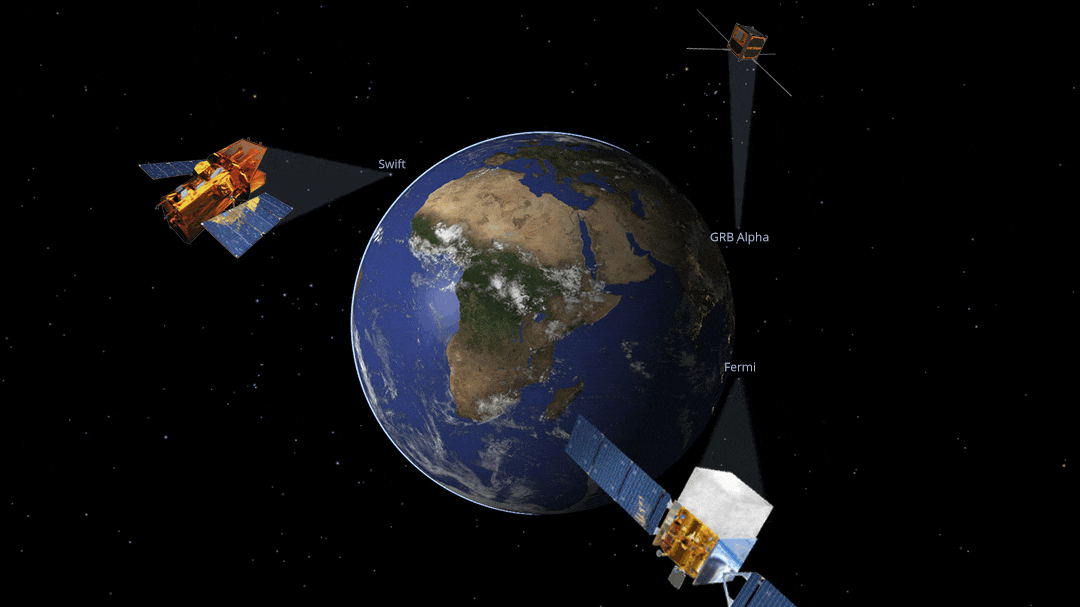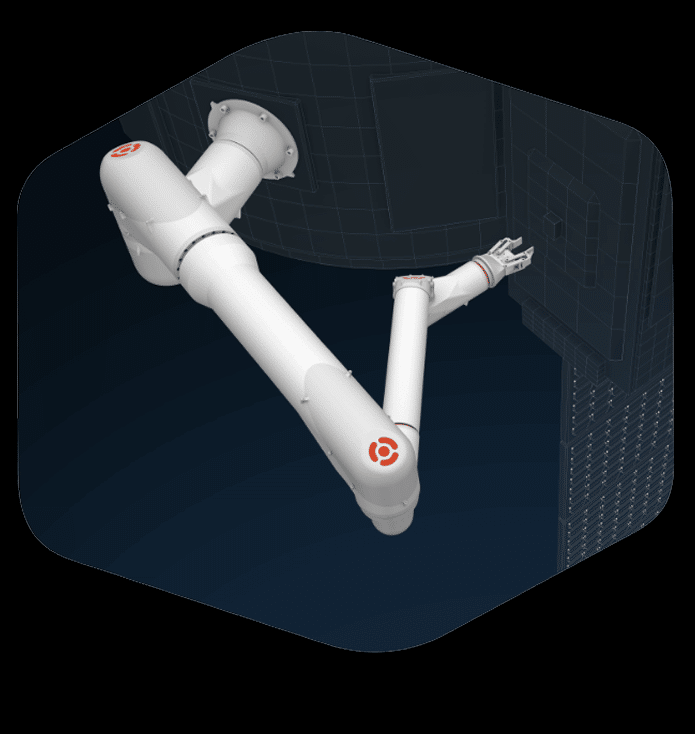News

How an Inexpensive, Tiny European Satellite Helped NASA
Sputnik, launched in October 1957, was about the size of a basketball. Over the subsequent decades, satellites grew in size as they included more scientific and technological payloads. The Hubble Space Telescope is about the size of a school bus, and it is not uncommon for major satellites to have masses measured in thousands of pounds, and budgets measured in hundreds of millions of dollars.
However, in the 21st century, the introduction of CubeSats demonstrated that small satellites can be used in much the same way as large spacecraft. CubeSats, which are measured in centimeters and kilograms and cost thousands of dollars, are most often used for research and academia. In one instance, a small CubeSat designed and deployed by astronomers in Eastern Europe actually outperformed the large satellites operated by NASA.

The GRBAlpha CubeSat outperformed NASA’s gamma-ray detection spacecraft. Credit: Francis Reddy/NASA Goddard, University of Maryland
When the largest gamma-ray burst in 10,000 years reached Earth in 2022, all of NASA’s gamma-ray detection satellites were blinded by the burst. The small GRBAlpha 1U CubeSat, which had only been constantly monitoring gamma-rays for less than a year, was able to take measurements of the event, and the Hungarian, Slovak, and Czech astronomers were happy to share their data with scientists around the world. The ability for a 10×10×10 cm research satellite to do the job of multiple spacecraft with dimensions measured in meters demonstrates that “bigger is not always better” when it comes to space-based platforms.
As the capabilities of smaller spacecraft continue to increase, more organizations are looking into advances that will further reduce the costs associated with accessing space. Motiv Space Systems is working to make space more accessible through the development of highly capable, low cost robotic and mechanical systems. These systems have been deployed on NASA missions to Mars and are to be demonstrated in future NASA missions in Earth orbit and on the Moon.
Motiv’s xLink space-rated modular robotic arm system is a customizable solution that allows spacecraft of all sizes to include the same robotic arm technology used onboard the 2020 Mars Perseverance Rover. The modular, scalable, and flexible xLink has the ability to perform on-orbit assembly and servicing. These capabilities will help further reduce the cost of space-based architectures by not only extending the operation of older satellites, but also enable spacecraft to be built in Earth orbit.

As demonstrated by the GRBAlpha spacecraft, it is no longer necessary to rely on massive, expensive satellites to perform science in Earth orbit. With further reductions in launch service costs and an increasing awareness of how space-based platforms can be utilized to enhance life on Earth, more organizations will be seeking opportunities to employ advanced engineering technologies. Motiv continues to develop robotic technologies to enhance on-orbit capabilities. Systems like xLink are paving the way for the future of space-based architectures being accessible to organizations of all sizes, not just those with big budgets.